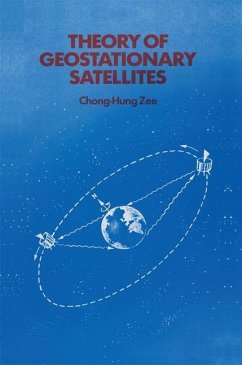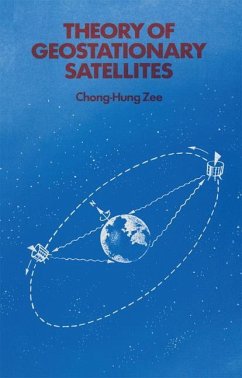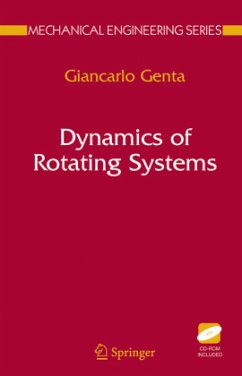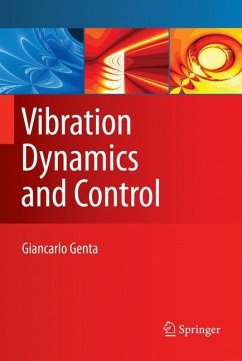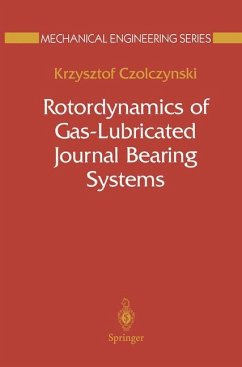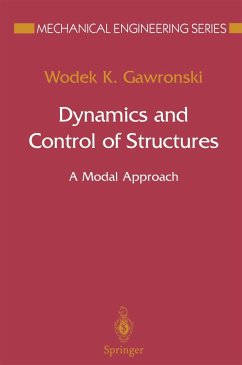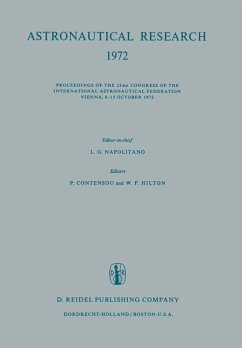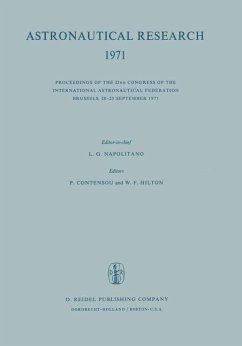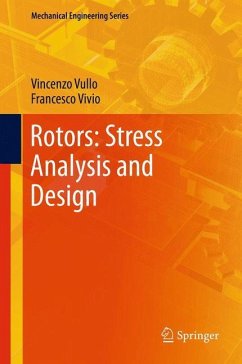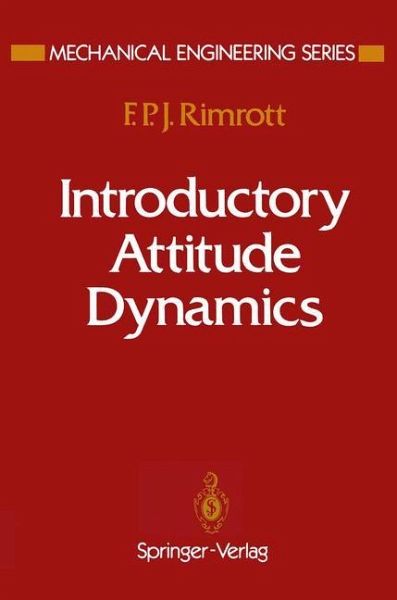
Introductory Attitude Dynamics

PAYBACK Punkte
39 °P sammeln!
From the preface: "The present text deals with attitude dynamics and is devoted to satellites of finite size. It begins with a discussion of the inertia moment tensor, Euler's law, Euler's angles, Euler's equations, and Euler's frequencies. After that a thorough treatment of the concept of centre of gravity versus centre of mass is given. After libration has been discussed and gyrodynamics proper has been dealt with, the attitude of the moment-free satellite, including the gyrostat, is studied. Particular attention is paid to the attitude behaviour of torquefree single and dual spinners, and t...
From the preface: "The present text deals with attitude dynamics and is devoted to satellites of finite size. It begins with a discussion of the inertia moment tensor, Euler's law, Euler's angles, Euler's equations, and Euler's frequencies. After that a thorough treatment of the concept of centre of gravity versus centre of mass is given. After libration has been discussed and gyrodynamics proper has been dealt with, the attitude of the moment-free satellite, including the gyrostat, is studied. Particular attention is paid to the attitude behaviour of torquefree single and dual spinners, and the new collinearity theorems are introduced and explored to predict attitude stability and attitude drift. The derivation of each significant formula is followed by the discussion of a practical sample problem in order to acquaint the student with typical situations, typical results, and typical numerical values. There are numerous problems following each chapter. The most important data andthe answers to the problems are compiled in appendices."






